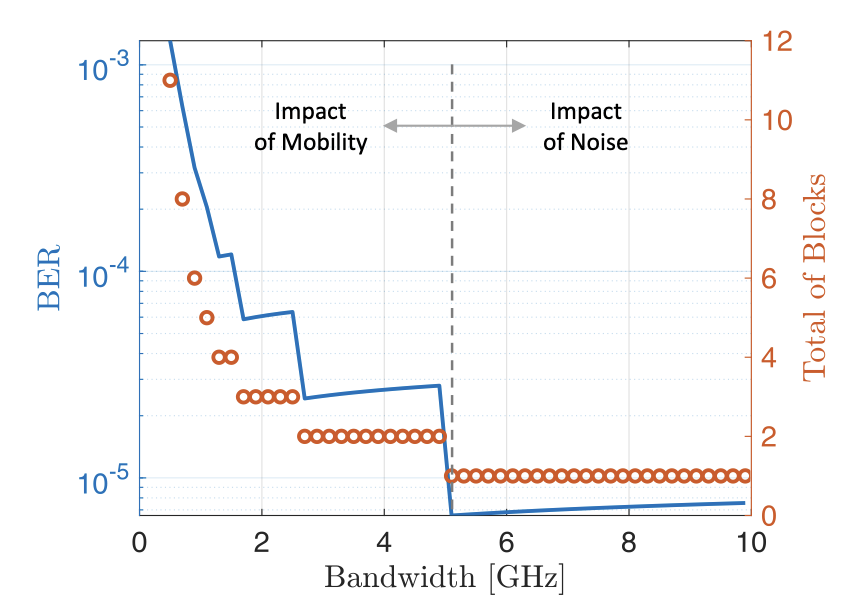Literature Database Entry
dressler2008study
Falko Dressler, "A Study of Self-Organization Mechanisms in Ad Hoc and Sensor Networks," Elsevier Computer Communications, vol. 31 (13), pp. 3018–3029, August 2008.
Abstract
Self-organization is a great concept for building scalable systems consisting of a huge number of subsystems. The primary objectives are improved scalability and dynamic adaptation to changing environmental conditions. Until now, many self-organization methods have been developed for communication networks in general and ad hoc networks in particular. Nevertheless, the term self-organization is still often misunderstood or misused. This paper contributes to the networking community by providing a better understanding of self-organization mechanisms focusing especially on the applicability in ad hoc and sensor networks. The main contributions of this paper are a clarification of the term self-organization and a categorization of self-organization methods. Additionally, well-known protocols in ad hoc and sensor networks are classified and selected case studies are provided. Primarily, solutions for the medium access control and the network layer are analyzed and discussed. Finally, open research issues with practical relevance are discussed.
Quick access
Original Version ![]() (at publishers web site)
(at publishers web site)
Authors' Version ![]() (PDF on this web site)
(PDF on this web site)
BibTeX ![]()
Contact
BibTeX reference
@article{dressler2008study,
author = {Dressler, Falko},
doi = {10.1016/j.comcom.2008.02.001},
title = {{A Study of Self-Organization Mechanisms in Ad Hoc and Sensor Networks}},
pages = {3018--3029},
journal = {Elsevier Computer Communications},
issn = {0140-3664},
publisher = {Elsevier},
month = {8},
number = {13},
volume = {31},
year = {2008},
}
Copyright notice
Links to final or draft versions of papers are presented here to ensure timely dissemination of scholarly and technical work. Copyright and all rights therein are retained by authors or by other copyright holders. All persons copying this information are expected to adhere to the terms and constraints invoked by each author's copyright. In most cases, these works may not be reposted or distributed for commercial purposes without the explicit permission of the copyright holder.
The following applies to all papers listed above that have IEEE copyrights: Personal use of this material is permitted. However, permission to reprint/republish this material for advertising or promotional purposes or for creating new collective works for resale or redistribution to servers or lists, or to reuse any copyrighted component of this work in other works must be obtained from the IEEE.
The following applies to all papers listed above that are in submission to IEEE conference/workshop proceedings or journals: This work has been submitted to the IEEE for possible publication. Copyright may be transferred without notice, after which this version may no longer be accessible.
The following applies to all papers listed above that have ACM copyrights: ACM COPYRIGHT NOTICE. Permission to make digital or hard copies of part or all of this work for personal or classroom use is granted without fee provided that copies are not made or distributed for profit or commercial advantage and that copies bear this notice and the full citation on the first page. Copyrights for components of this work owned by others than ACM must be honored. Abstracting with credit is permitted. To copy otherwise, to republish, to post on servers, or to redistribute to lists, requires prior specific permission and/or a fee. Request permissions from Publications Dept., ACM, Inc., fax +1 (212) 869-0481, or permissions@acm.org.
The following applies to all SpringerLink papers listed above that have Springer Science+Business Media copyrights: The original publication is available at www.springerlink.com.
This page was automatically generated using BibDB and bib2web.

